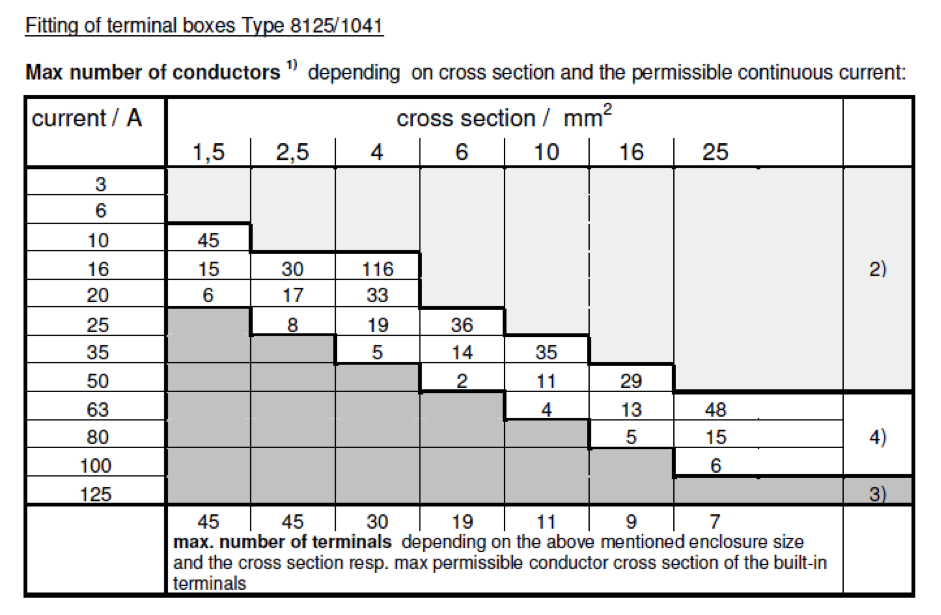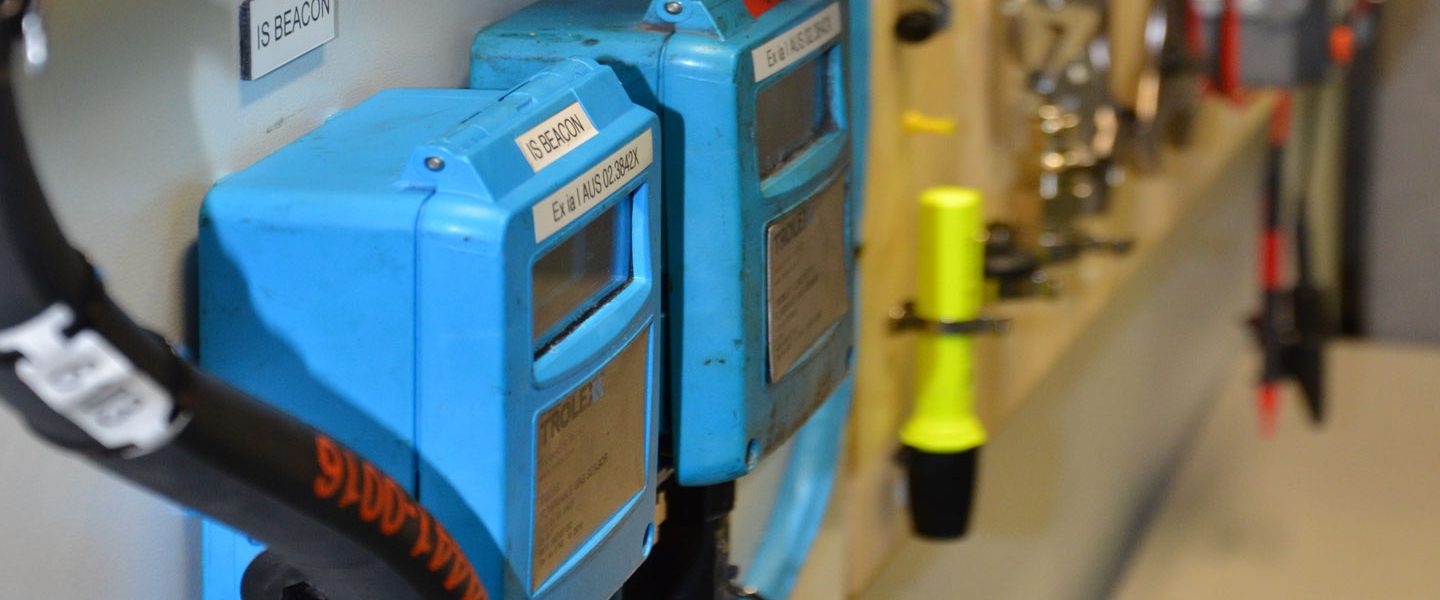Things about Roar Solutions
Things about Roar Solutions
Blog Article
7 Easy Facts About Roar Solutions Shown
Table of ContentsThings about Roar SolutionsThe Facts About Roar Solutions RevealedThe Single Strategy To Use For Roar Solutions
In order to secure setups from a potential surge a method of analysing and categorizing a possibly dangerous location is needed. The purpose of this is to guarantee the proper option and installation of tools to inevitably stop a surge and to ensure security of life.
(https://roarsolutions.carrd.co/)
No devices ought to be set up where the surface temperature of the equipment is above the ignition temperature level of the given danger. Below are some typical dirt hazardous and their minimal ignition temperature. Coal Dust 380C 225C Polythene 420C (melts) Methyl Cellulose 420C 320C Starch 460C 435C Flour 490C 340C Sugar 490C 460C Grain Dust 510C 300C Phenolic Material 530C > 450C Aluminium 590C > 450C PVC 700C > 450C Soot 810C 570C The likelihood of the threat existing in a concentration high enough to create an ignition will certainly vary from location to place.
In order to classify this threat an installation is split right into areas of risk relying on the amount of time the dangerous exists. These locations are referred to as Areas. For gases and vapours and dusts and fibers there are three areas. Area 0 Zone 20 A harmful ambience is extremely most likely to be present and may be existing for extended periods of time (> 1000 hours per year) or also continually Zone 1 Zone 21 An unsafe environment is feasible but unlikely to be existing for extended periods of time (> 10 450 C [842 F] A classification of T6 implies the minimal ignition temperature level is > 85 C [185 F] Dangerous location electric equipment perhaps made for use in greater ambient temperatures. This would certainly indicated on the score plate e.g. EExe II C T3 Ta + 60C( This suggests at 60C ambient T3 will not be gone beyond) T1 T1, T2, T3, T4, T5, T6 T2 T2, T3, T4, T5, T6 T3 T3, T4, T5, T6 T4 T4, T5, T6 T5 T5, T6 T6 T6 A T Course rating of T1 indicates the maximum surface temperature level generated by the instrument at 40 C is 450 C. Thinking the associated T Course and Temperature level rating for the devices are appropriate for the location, you can always use an instrument with a more strict Division rating than required for the area. There isn't a clear solution to this question. It really does depend on the type of tools and what repair work require to be performed. Tools with certain examination procedures that can not be done in the area in order to achieve/maintain 3rd party ranking. Must return to the manufacturing facility if it is before the tools's service. Field Repair By Authorised Employee: Complicated screening might not be called for nonetheless details treatments might require to be adhered to in order for the tools to preserve its 3rd party score. Authorised workers should be used to execute the job appropriately Repair service should be a like for like replacement. New component should be taken into consideration as a straight substitute calling for no special screening of the tools after the repair work is total. Each tool with an unsafe ranking should be evaluated independently. These are detailed at a high degree listed below, but also for more comprehensive details, please refer straight to the standards.
The Greatest Guide To Roar Solutions
The tools register is a thorough data source of tools documents that consists of a minimum collection of fields to identify each thing's area, technical criteria, Ex-spouse classification, age, and ecological data. This info is crucial for tracking and handling the devices properly within dangerous areas. In contrast, for routine or RBI tasting examinations, the grade will be a mix of Detailed and Close inspections. The ratio of Detailed to Close assessments will be determined by the Tools Threat, which is assessed based upon ignition threat (the probability of a source of ignition versus the probability of a flammable environment )and the unsafe location classification
( Zone 0, 1, or 2). This variation will likewise influence the resourcing demands for work preparation. As soon as Whole lots are defined, you can develop tasting plans based on the example size of each Lot, which describes the variety of arbitrary devices things to be inspected. To establish the needed sample size, 2 elements need to be assessed: the size of the Lot and the classification of assessment, which shows the level of initiative that ought to be applied( minimized, typical, or raised )to the evaluation of the Lot. By incorporating the group of inspection with the Lot size, you can after that develop the suitable denial standards for a sample, indicating the allowable variety of malfunctioning items found within that sample. For more details on this process, please describe the Power Institute Standards. The IEC 60079 standard advises that the optimum interval between assessments ought to not surpass 3 years. EEHA examinations will also be performed outside of RBI projects as part of arranged upkeep and equipment overhauls or fixings. These inspections can be credited towards the RBI example sizes within the affected Whole lots. EEHA assessments are performed to determine faults in electric devices. A heavy scoring system is essential, as a single tool might have numerous faults, each with varying degrees of ignition threat. If the combined score of both assessments is less than twice the mistake rating, the Whole lot is considered acceptable. If the Great deal is still considered inappropriate, it has to go through a complete examination or justification, which may trigger stricter examination protocols. Accepted Lot: The root causes of any type of mistakes are recognized. If a common failure mode is discovered, added tools might need inspection and repair. Mistakes are categorized by extent( Safety, Stability, Home cleaning ), making sure that immediate concerns are assessed and dealt with immediately to alleviate any kind of impact on safety or operations. The EEHA database ought to track and tape-record the lifecycle of faults together with the restorative activities taken. Carrying out a durable Risk-Based Inspection( RBI )technique is crucial for ensuring compliance and safety in managing Electric Devices in Hazardous Areas( EEHA) (Roar Training Solutions). Automated Mistake Scoring and Lifecycle Monitoring: Easily take care of faults and track their lifecycle to boost examination precision. The intro of this assistance for risk-based inspection even more reinforces Inspectivity's placement as a best-in-class remedy for regulatory conformity, along with for any asset-centric inspection usage case. If you want finding out more, we invite you to ask for a presentation and find exactly how our option can change your EEHA management procedures.
Roar Solutions Can Be Fun For Everyone

In regards to eruptive risk, an unsafe area is a setting in which an explosive ambience is existing (or might be anticipated to be present) in amounts that require special safety measures for the building, installment and use tools. eeha. In this short article we explore the challenges dealt with in the workplace, the danger control steps, and the called for proficiencies to work securely
These substances can, in particular conditions, form eruptive atmospheres and these can have significant and heartbreaking repercussions. Many of us are acquainted with the fire triangular eliminate any type of one of the three elements and the fire can not happen, however what does this mean in the context of dangerous areas?
In a lot of circumstances, we can do little concerning the degrees of oxygen airborne, however we can have significant influence on resources of ignition, as an click for more info example electric equipment. Dangerous locations are recorded on the dangerous area classification drawing and are recognized on-site by the triangular "EX LOVER" sign. Here, amongst various other essential information, areas are divided into three kinds depending on the danger, the likelihood and period that an explosive environment will certainly exist; Area 0 or 20 is considered one of the most unsafe and Area 2 or 22 is regarded the least.
Report this page